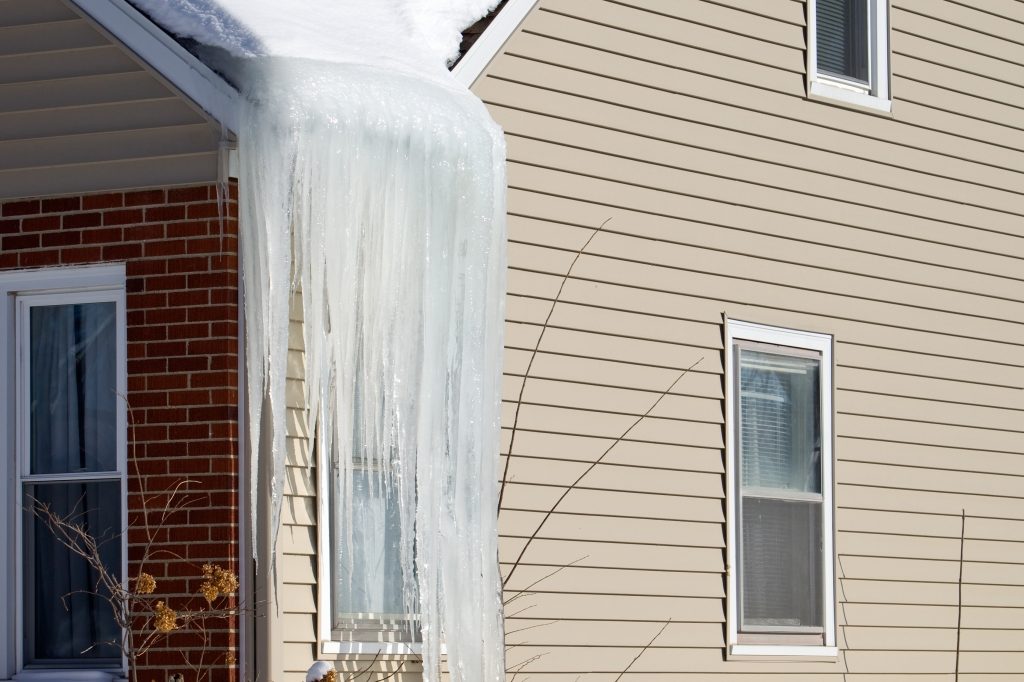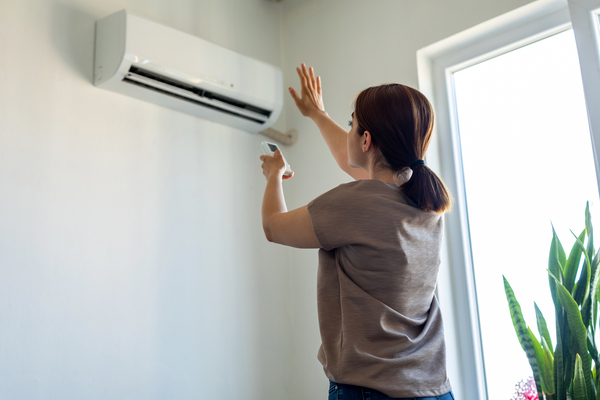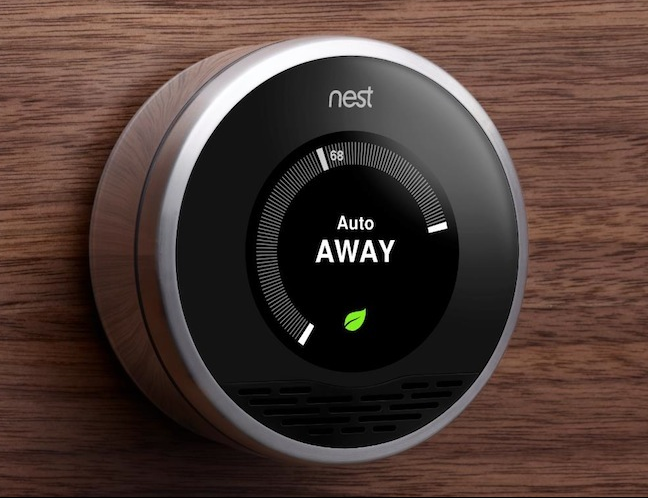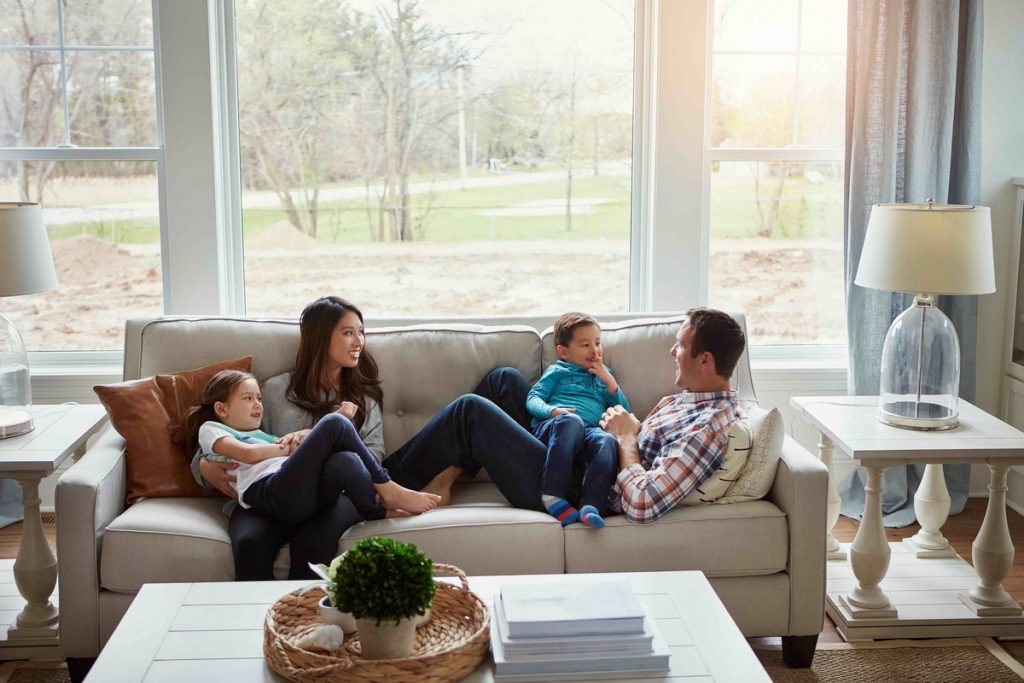You can’t always see energy waste in your house. But you sure can feel it.
Home energy efficiency is the key to a comfortable, healthy home that feels great every day of the year.
And it’s likely your house is using significantly more energy than it should. We’ll dig into the how and why of home energy waste below.
But first: At Sealed, we can help make your house feel amazing year round with powerful and proven home energy upgrades—for $0 upfront and an energy-savings guarantee (depending on where you live and if your house qualifies). Learn more.
In this article, you’ll cover:
- The 9 major signs your house is wasting energy
- How much energy is wasted in homes
- How to stop energy waste in your home—by up to 40%
- Why is an energy-efficient home important?
- How to make your house energy efficient at no upfront cost
The 9 major signs your house is wasting energy
The average household is probably aware of the smaller ways it’s wasting energy: keeping power strips and lights on when not in use, forgetting to change HVAC air filters regularly, and leaving the door open when you let the dog out—all while the thermostat is cranked up.
But what about the bigger signs of energy wastage—ones that really impact those energy bills? A DIY energy audit can help you determine how your house is wasting lots of energy, so you know exactly where to focus your efforts on energy conservation.
Let’s take a look at nine tell-tale signs of energy waste:
- Ice dams in winter
- Uneven temperatures between rooms
- High energy usage
- Cold or hot air drafts at windows and doors
- A lot of hot water usage.
- Summer moisture issues
- Outdated home appliances
- Hot or cold air pockets at your ceiling or near attics
- An HVAC that’s running all the time

1. Ice dams in winter
Ice dams are large sheets of ice on your roof. They form when heated air from your home leaks into the attic and melts snow on the roof too quickly. This snow refreezes and expands underneath the shingles, causing damage to your home. Not good!
The cause? A portion of your attic is improperly air sealed and insulated. And when all that warm air that’s supposed to keep your home cozy escapes into the attic, you’re probably seeing higher energy costs each month, too.
The solution? Sealing all the air leaks in your home and using the right attic insulation can make ice dams a thing of the past.
2. Uneven temperatures between rooms
Even if you don’t have ice dams, air leaks and an improperly insulated attic can cause your house to have uneven temperatures, and this will overwork your HVAC system, shortening its lifespan.
Maybe you’ve tried to solve the problem with ceiling fans and space heaters, but these bandage-solutions will only run up your electricity bill.
Using one space heater for 8 hours a day for a month could add $30-$40 to your electric bill.
Silicon Valley Power
The real solution?
If an older HVAC is the problem, installing an energy-efficient system that runs on electricity, like an air-source heat pump, can help (especially when paired with air sealing and proper insulation).
Don’t let the name fool you. Heat pumps can certainly replace your old heating system, but they are superior at cooling your home, too.
And the best part? If you really want to fix those uneven room temperatures, mini-split heat pumps allow you to control the temperature in each room separately.

WOW!! What a difference already!! My third floor is the same temperature as my second floor.
Carin M., Sealed customer
3. High energy usage
Obviously high power consumption isn’t good for your wallet—especially with the rising cost of natural gas and electricity prices going up. But did you know that residential energy use accounts for roughly 20% of greenhouse gas emissions in the US (1)? That’s a huge strain on the planet!
Most residential energy is used for heating and cooling—and a good portion of that is lost through air leaks. That means the best way to save energy will require a whole-house solution—including a combination of air sealing, insulation, and HVAC upgrades.
These energy-efficient upgrades sound scary-expensive, but with Sealed, you may be able to get these upgrades done for no upfront cost (or you can pay cash, too, if that’s what you prefer!)—all with an energy-savings guarantee!
You’ll use less energy, which will lower your utility bill and help contribute to slowing the pace of climate change. It’s a win for you and the planet.
Learn more about why your heating bills are so high in this guide.
4. Cold or hot air drafts at windows and doors
Drafts can seem like a normal, everyday discomfort, especially if you live in an older home. But drafty old houses aren’t the only ones susceptible to heat loss in winter or heat blasts in summer.
Even newer houses with energy-efficient windows can be drafty. Why? Well, the windows aren’t your problem.
As houses age, they settle. And in just a year or two gaps emerge around your windows or doors—and in your foundation and attic. And these gaps cause air leaks (ie, drafts) that make your home extremely uncomfortable.
The solution? Weatherstripping is only one small piece of the puzzle. But it won’t resolve drafts in the attic or around your foundation. Sealing your home and upgrading your insulation are the best bets to solve cold or hot air drafts.
To learn more about how sneaky outside air gets inside your house—and why it causes energy waste and comfort issues—watch this quick video:
Our house was drafty [and] different rooms varied in temperature…. [Sealed]… coordinated the process of… installing the new [insulation]. Our home is now noticeably warmer and more comfortable.
William K., Sealed customer
5. You’re using a lot of hot water.
Generating hot water makes up about 14% of your home’s energy usage (2). And if you have a lot of people in your household, you’re most likely using a lot of hot water for bathing, dishes, and laundry.
How to make your hot water use more energy efficient:
Set your hot water heater at 120 degrees or lower and install faucets and showerheads that are designed to conserve water and insulate your hot water pipes.
You might also consider getting an ENERGY STAR certified washing machine, but at the very least, when washing clothes use the “tap water” or “cold water” settings. And one of the best upgrades you can make here to save energy is switching to a heat pump water heater.
6. Summer moisture issues
Humidity is a natural part of summer. But if your AC system is kicking on and off frequently, it may mean that your system is not the right size for your home or is unable to remove moisture from the air.
How to solve summer moisture issues:
Along with proper air sealing and insulation, efficient home cooling is the best solution here.
Air-source heat pumps can remove heat and humidity from your house in the summer (and make your home super comfy in the winter).
Heat pumps work like air conditioners, but it’s as if they went to graduate school for advanced degrees—because they can heat your home too.
7. You have outdated home appliances
Appliance design has come a long way in the last ten years. And if your house still has old, inefficient appliances (like refrigerators), you’ll definitely see that reflected in your total energy usage.
You may not think of smart programmable thermostats as appliances, but upgrading to one can help cut electricity usage, maintain even temps, and even help sell your house! In fact, 81% of buyers who have smart home products are more likely to buy a home if smart technology, like smart thermostats, are already installed (3).
While these appliance upgrades come with an upfront cost, rebates are available in many states to help with the expense. (Yay!)

8. Hot or cold air pockets at your ceiling or near attics
If you hold your hand up to your ceiling in the summer, do you feel heat radiating from your attic into your house? Or perhaps you feel a burst of cold air escaping from side attics in the winter?
Both of these hot/cold airflow issues can be solved with the same fix: proper insulation.
Check out our guide to attic insulation to learn more. (You’ll also want to be sure your house is professionally air-sealed!)
9. Your HVAC is running all the time—in the winter or the summer
An efficient and properly-sized HVAC system shouldn’t operate constantly! If it is, you’re wasting energy even if your home feels comfortable.
How to stop an HVAC system from running all the time:
The problem might not be your HVAC. It might be your house. Use insulation and whole-home air sealing together to help solve the problem and reduce the workload of your HVAC system.
How much energy is wasted in homes?
We need to set the record straight. The unfortunate truth is your home is probably wasting a lot of energy—and in ways you might not necessarily expect.
In fact, studies show that 35% of home energy consumption in the US is wasted energy (4)—that’s energy you’re paying for, but isn’t doing you any good.
The data is clear: If you’re like the majority of US homeowners, half of your home energy use is put toward heating and cooling your home (5)—which means that’s where most of the energy waste is happening, too.
How to stop up to 40% of the energy waste in your home
The U.S. Department of Energy estimates that air leaks alone cause about 25–40% of the heating and cooling load for a typical home (6). That means if you haven’t air sealed your home, a significant chunk of your energy usage is going out through the roof. Yikes.
The moral of the story? While it’s wonderful to adopt energy-saving behaviors and switch to LED light bulbs, the biggest energy wasters in your house are likely inefficient heating and cooling systems, insufficient insulation, and the lack of proper air sealing.
While these issues may not be “quick fixes,” they’re all fixable—and it may not even cost you anything upfront to get them fixed.
Here’s why you should address energy waste in your home ASAP.
Why is an energy-efficient home important?
We’ve established that energy waste is bad for the environment. But making sure your home is energy efficient isn’t just about what’s good for the planet. It’s about your health and comfort, too.
If your home isn’t energy efficient, you’ll feel the effects: from uneven temps that make life uncomfortable to excess moisture that could lead to unhealthy issues like mold (gross!).
The good news is, you don’t have to keep living like that. Sealed can help.

How to make your house energy efficient and comfortable—at little or no upfront cost
If you don’t have an energy-efficient house—or if it just feels plain uncomfortable!—Sealed can help you turn the situation around.
We’ll analyze your home, create a custom plan, and then call the right people to make it happen for you. (We stand by our work 100% too, with an energy-savings guarantee and a hassle-free, transparent process from start to finish.)
There’s even better news: With Sealed, you can get the upgrades you need for no (or very little) upfront cost with one of our flexible payment options.
Ready to see if you qualify to work with Sealed? Answer our quick (and easy!) 2-minute questionnaire to find out if your house qualifies.
Sealed’s advisor was awesome! She designed the project based on my needs, sent all the paperwork to the contractor, and answered any questions I had. Our communication was excellent. Overall, I am pleased with the results and service from the entire Sealed team.
Devendra S., Sealed customer